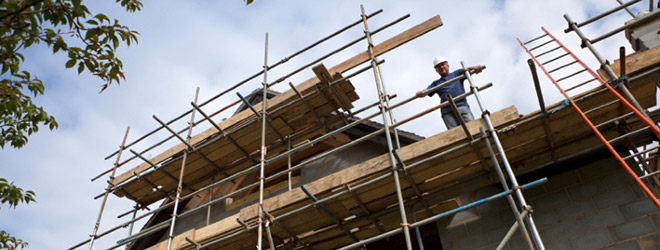
The cost of inadequate fall protection
Posted on March 13, 2015
As we all know (and some of us can probably relate), the general public are an unruly bunch, especially when left to their own devices and they often display behaviours which show a shockingly-scary lack of regard for their own safety. Therefore, as professionals, we have a duty to protect them.
In a recent case published by the HSE: A member of the public made his way onto a building site (he was a friend of a worker who was working on the building site at the time) and proceeded to make his way to the second-floor of a partly constructed house, which did not have adequate fall protection in place. Unfortunately, as a result, the guy ended up suffering life-threatening injuries.
This begs the following questions: How did the guy make his way onto site so easily? Were adequate security measures in place to prevent unauthorized access to the public, could there have been a physical barrier to stop people from accessing the site? And probably most concerning, why did the construction company not erect adequate edge protection??
As it were, the short sightedness of the construction company resulted in them receiving a whopping £50,000 fine, plus £8,595 in prosecution costs – not to mention the damage this has caused to their reputation.
To quote the HSE article, “building sites have the potential to be highly dangerous places so it’s essential that only workers are allowed onto sites, and access is prevented for other individuals’’.
In addition to proper training for staff, managers and all workers on site; Courtley advise: putting up warning signs and physical barriers to stop access. We also recommend that site management monitor access throughout the day and possibly engage security staff for out of hours peace of mind.
We also implore all parents to teach their children about the hazards of a building site – if you are a parent and have a construction site close to your house, or your child’s school; it could be beneficial to have a talk with your children to raise awareness.
After all, as an individual, one may assume that construction companies err on the side of caution and put up more barriers and warning signs than necessary. While this is usually the case, it also may not be, as the above example illustrates.
It is dangerous to assume anything. Short cuts through a building under construction should generally be avoided. Jumping barriers may save some time, but such short cuts might just come with more dangers than advantages.
Take care and contact us if you have any questions or concerns – that is what we’re here for!
